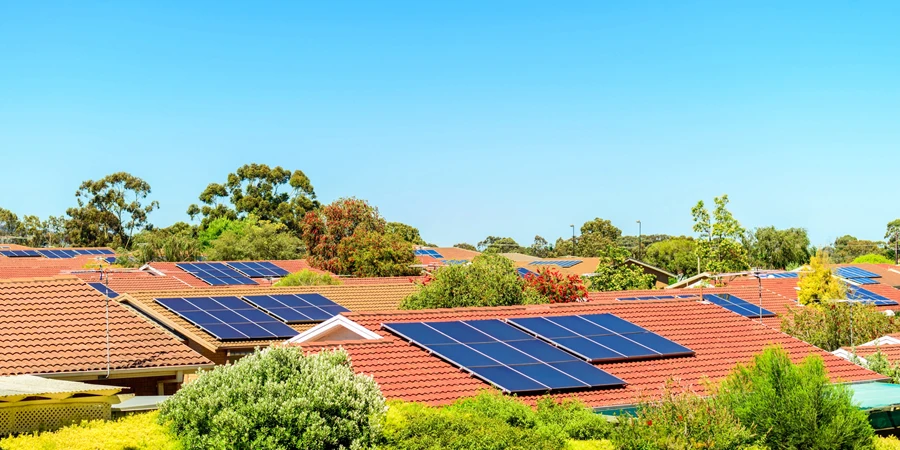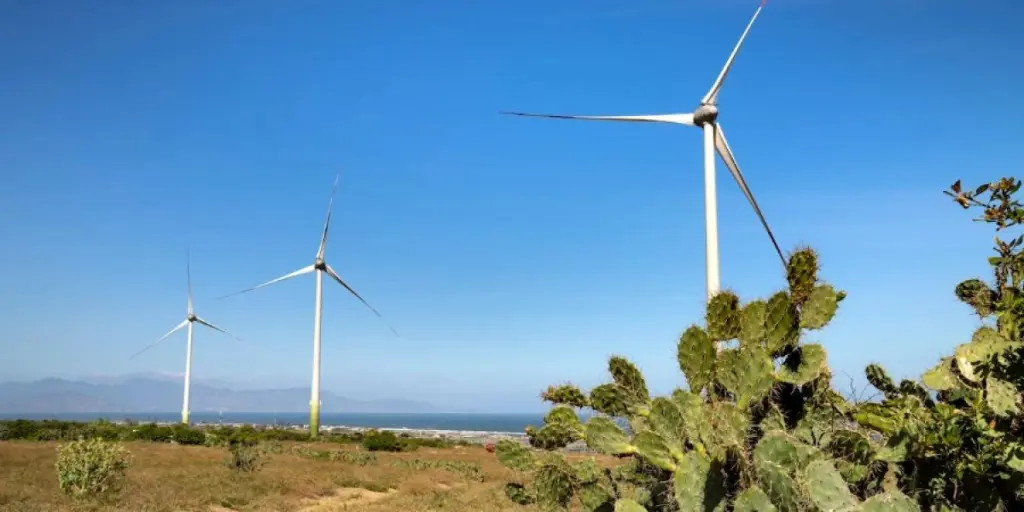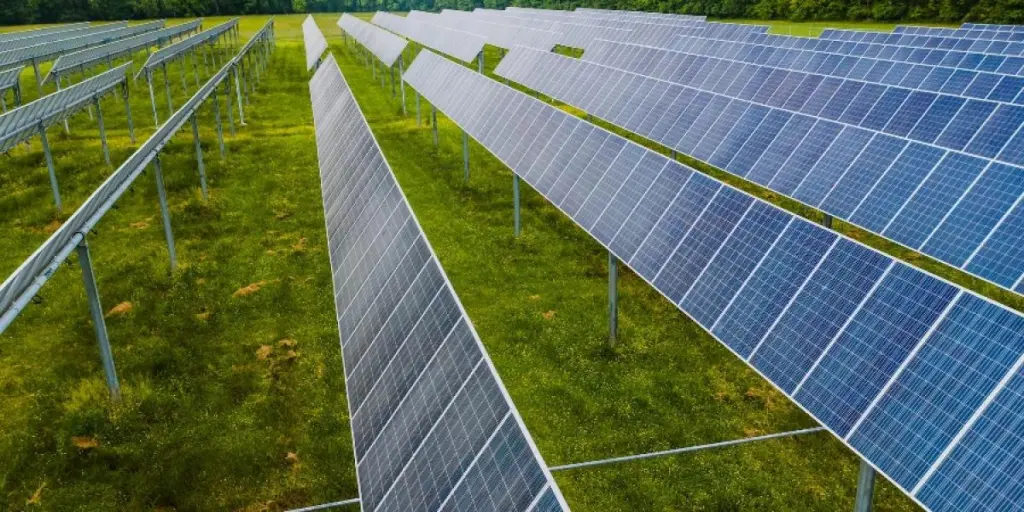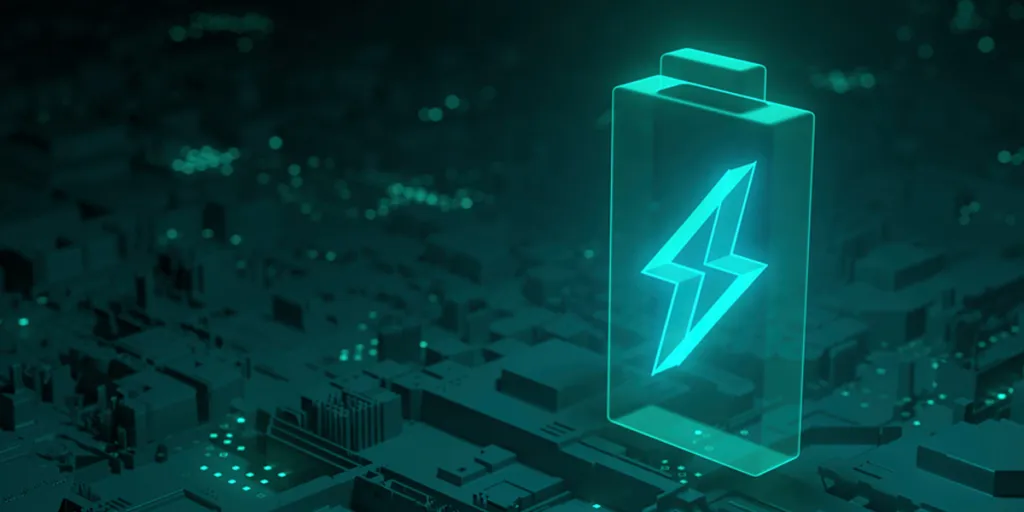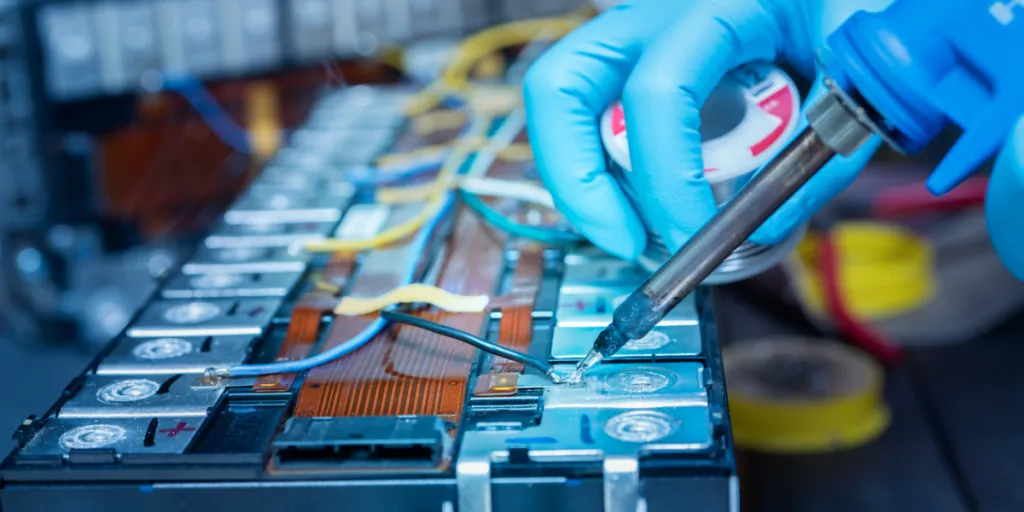Demand for solar power has increased in recent years as countries across the world strive to achieve energy independence and reduce their carbon footprint. A survey conducted in 21 countries with more than 21000 interviewees found that solar energy is currently the most popular energy source, with 68% supporting its use. The International Energy Agency (IEA) projects that installed solar PV power capacity will exceed that of natural gas in 2026 and coal in 2027.
Consequently, the transition towards clean energy has significantly increased the demand for solar panels, which have become common on rooftops and large solar farms. However, recent innovations in solar technology have led to the development of foldable solar panels. These solar PV panels are portable, flexible, and lightweight. They help keep electronics charged whether users are out hiking, camping, or simply enjoying the weekend at a beach.
This blog provides insights into the growing demand for foldable solar panels and tips for selecting these products for different end customers.
Table of Contents
Foldable solar panels market potential
Applications of foldable solar panels
Types of foldable solar panels
Tips for selecting foldable solar panels for end customers
Conclusion
Foldable solar panels market potential
The number of people participating in outdoor activities has increased in recent years. For instance, 55%, approximately 168.1 million, of the U.S. population aged above 6 years participated in an outdoor activity in 2022. During this period, there were about 51.4 campers, which is a 29.1% year-over-year increase over three years. These outdoor recreational activities have propelled the demand for foldable solar panels due to their portability and lightweight nature. In addition, their use in recreational vehicles used by travelers and as power backup for emergency preparedness has contributed to the market growth.
The increased demand for foldable solar panels is evidenced in the recorded growth of the portable solar panel market, which was valued at US$3.5 billion in 2023. It is projected to reach US$13.1 billion by 2033, growing at a CAGR of 14.1%. Although this market value includes other portable solar panels, including backpacks equipped with solar technology, and small-portable and semi-portable solar panels, foldable solar panels make up the highest market due to their versatility and applicability in diverse conditions. For instance, Fact.MR found that monocrystalline solar panels, a type of foldable panel, account for 70% of the total market share of portable solar panels.
Applications of foldable solar panels

Foldable solar panels can be used in various scenarios, including
- Outdoor activities, such as camping and hiking
- Can be installed in recreational vehicles (RVs) to provide enough energy for use at night or when traveling off-grid
- Foldable solar panels equipped with single or multiple jacks can be used to charge various devices, such as phones and laptops.
- Can be used to power small home appliances, such as fans, LED lights, and portable speakers, during power outages
- Foldable solar panels can be used for emergency power supply during natural disasters.
Types of foldable solar panels
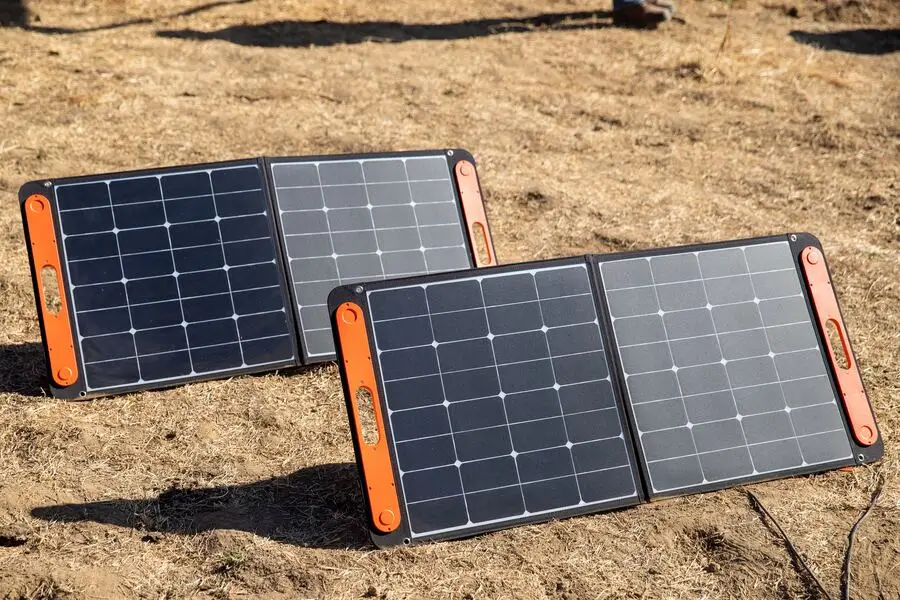
Foldable solar panels come in three types: polycrystalline, monocrystalline, and thin film. Understanding them can help businesses make informed decisions and boost their competitiveness.
Monocrystalline
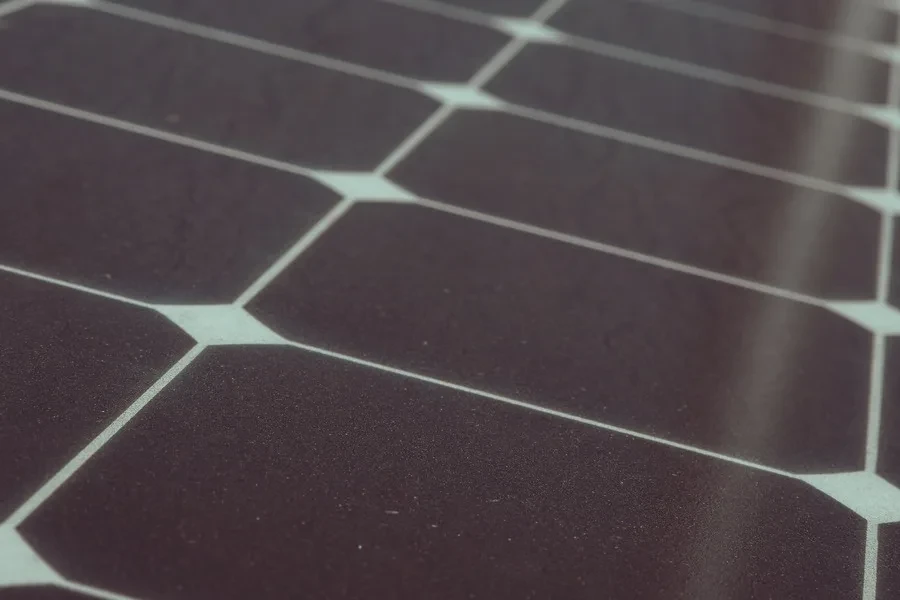
Monocrystalline solar panels comprise monocrystalline solar cells, which refer to cylindrical silicon ingots grown from single-crystal silicon. In this case, each cell is a slice of a single crystal of silicon specifically grown to create solar panels. The ingot is sliced into thin discs with cut edges that form octagonal shapes organized in an array to create a solar panel.
Monocrystalline solar panels generated approximately US$6.04 billion in 2023, with their sales projected to reach US$12.60 billion by 2032, growing at a CAGR of 8.5%. These solar panels are some of the most popular options for residential and commercial applications due to their various advantages and features, including:
- High purity
- Compact, lightweight structure
- Uniform dark appearance
- High energy conversion efficiency
- Better heat tolerance
However, they also have various disadvantages, including:
- Less sustainable production methods
- Expensive
Polycrystalline
Polycrystalline solar panels consist of multiple silicon crystals in a single PV cell. Manufacturers melt together several fragments of silicon to create wafers of polycrystalline solar panels. The silicon crystals in each cell enable it to function as a semiconductor device, thereby absorbing sunlight and converting it into electrical energy.
The polycrystalline solar panels market was valued at US$3.31 billion in 2023, and is projected to reach US$6.18 in 2032, growing at a CAGR of 7.20%. This market growth can be associated with their various features and pros, including:
- Their structural frame makes mounting simpler
- Less expensive than monocrystalline solar panels
- Have a unique blue or speckled appearance
- Have a lifespan comparable to that of monocrystalline solar panels yet are more affordable
They also have various disadvantages to watch out for, including:
- Low energy conversion efficiency due to lower silicon purity
- Easily damaged when exposed to high temperatures due to low heat tolerance
- Takes more space to generate the same electrical power output as monocrystalline
Amorphous or thin-film panels
Amorphous or thin-film panels are thin, flexible solar panels with the feel and shape of a strip of rubber. They are constructed using an extremely thin silicon layer, which is placed on top of a substrate such as metal, plastic, or glass. Unlike traditional solar panels that use mechanical connections for the cells, amorphous solar cells are connected using laser-cut patterns. This creation process ensures they are lightweight and bendable.
The global market for thin-film solar panels was valued at US$5.3 billion and is projected to reach US$11.2 billion by 2028, growing at a CAGR of 16%. Various factors will accelerate the demand for thin-film panels, including increased adoption for residential applications and government initiatives towards thin-film solar cells. Besides, these solar panels have distinctive features and benefits that appeal to different global customer segments, including:
- Flexible, making them ideal for unique installation situations such as curved surfaces or small spaces
- Require less silicon to produce, making them more sustainable
- Less expensive due to the reduced materials and ease of installation
Their cons to watch out for include:
- Less efficient than monocrystalline or polycrystalline solar panels
- Require more roof space to achieve more energy output as monocrystalline and polycrystalline panels
Tips for selecting foldable solar panels for end customers
End customers for foldable solar panels range from outdoor enthusiasts to homeowners, travelers and emergency service providers. These clients are located in different regions across the world. Developing economies in the Asia Pacific region, such as China, Japan, India, and South Korea, are estimated to be the leading markets for foldable solar panels. Other countries with high demand for these solar panels include Canada, Germany, the UK, Sweden, and France.
Businesses must understand these different customer segments for better targeting and positioning of their offers. Some factors to look out for when stocking foldable solar panels for different end customers include:
Waterproof features
Most solar panels are designed for outdoor use, which increases exposure to elements, such as water, dust, and dirt. Checking the panels’ waterproof IPXX ratings helps determine their weather resistance capabilities. The Ingress Protection (IP) rating is represented by two numbers. For example, most solar panels are rated IP67 or IP68. The first number represents the panel’s protection against solid particles, while the second number represents protection against liquids. Foldable solar panels with higher IP numbers have better protection against weather elements.
The International Electrotechnical Commission (IEC) provides universal standards as shown in the below IP ratings guide.
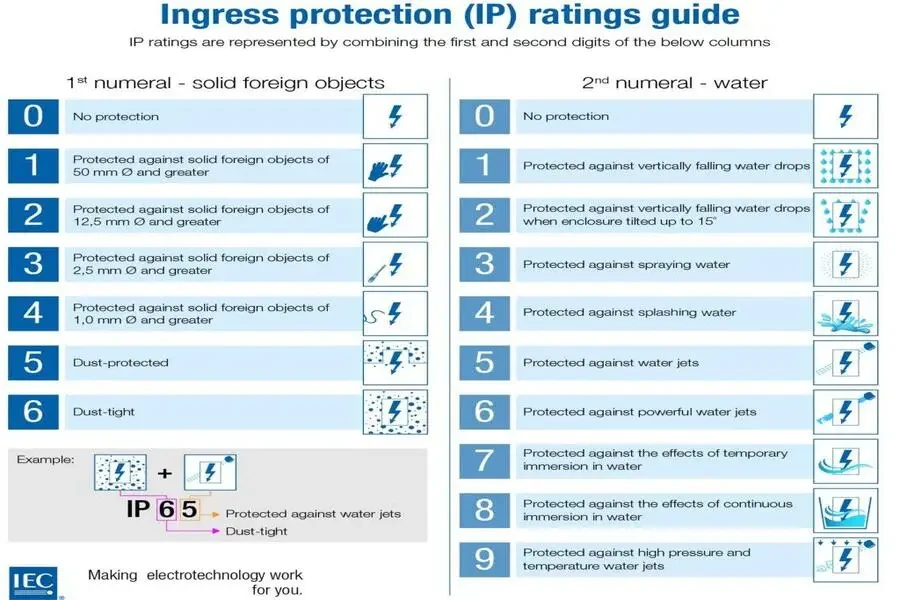
Efficiency
The efficiency of a foldable solar panel refers to its ability to convert sunlight into usable electrical energy. Consumers look for solar panels that generate sufficient power to charge their electronics. Therefore, it is recommendable that businesses choose foldable solar panels with higher efficiency ratings and capacity to meet consumer needs.
Size and weight
The size and weight of the foldable solar panels determine their portability. Therefore, compact and lightweight panels are crucial for users who need a convenient and easily transportable power source. They are also more manageable during travel. However, some higher-wattage solar panels with the capacity to power more electronics can be heavier and bigger. These features make them ideal for users traveling by car, such as recreational vehicles.
Durability
Foldable solar panels are likely to be exposed to various environmental conditions, such as rain, sunlight, and dust. Therefore, businesses should opt for panels with robust construction and materials that can withstand these elements to ensure longevity and reliability. Durable panels are better equipped to handle the rigors of outdoor use, providing customers with a more resilient and long-lasting energy solution.
Charge and run time
There are various time considerations when selecting foldable solar panels. For instance, businesses must consider the time it takes for the solar panels to convert sunlight into electrical energy and store it in built-in batteries or the time it takes to charge connected devices. In addition, they must consider how long it takes to provide a continuous flow of energy before it depletes. Ultimately, the selected
Conclusion
The ongoing global transition towards clean energy has increased demand for foldable solar panels. This has created opportunities for businesses in the energy sector to leverage and boost revenues, performance, and competitiveness. Given that different consumers have varying energy requirements, businesses need to have a broad catalog to accommodate multiple consumer needs. In this case, stocking all three types of foldable solar panels, monocrystalline, polycrystalline, and amorphous, helps ensure they serve different end customers, thereby improving business performance.
Visit Alibaba.com today for a wide range of foldable solar panels that meet your business and customers’ needs.


